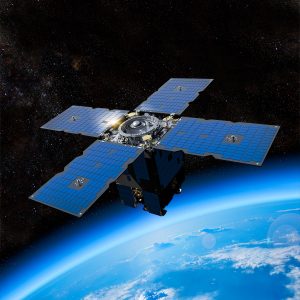The aim is to expand its weather and science programs and its range of sensor system payload designs for Intelligence, Surveillance, and Reconnaissance missions, says the company. The EO Vista business will be integrated into the General Atomics Electromagnetic Systems (GA-EMS) group.
“EO Vista has a proven track record of rapid innovation that set new standards for performance and affordability in electro-optical payload designs,” said Scott Forney, president of GA-EMS.
“We look forward to bringing EO Vista’s unique capabilities on-board as we continue to expand our weather and science programs and our growing portfolio of sensor system payload designs to support a wide range of customer requirements, including Intelligence, Surveillance, and Reconnaissance missions.”
The terms of the acquisition haven’t been revealed.
EO Vista is already working with General Atomics, providing an advanced Electro-Optical Infrared (EO/IR) weather sensor payload to GA-EMS. This is under a contract with the U.S. Space Force, Space Systems Command to deliver a EO/IR Weather System (EWS) satellite to support a transition to a new generation of high performance, small weather satellites.
“The EO Vista team is excited to join General Atomics, a company whose commitment to delivering innovative solutions in support of the national interest strongly aligns with our legacy,” said Dr. Steven Wein, president of EO Vista.
General Atomics is headquartered in San Diego, California, and EO Vista is based in Acton.
ESPA-Grande
In January we reported that GA-EMS was building an ESPA-Grande class satellite (pictured) for the U.S. Air Force Research Laboratory (AFRL) Oracle spacecraft programme.
The company announced it was under contract to Advanced Space LLC to contribute to Oracle, which will demonstrate space situational awareness and Position, Navigation and Timing (PNT) techniques. Specifically, it will be using technologies capable of detecting and tracking objects in cislunar space.
The AFRL Oracle mission will concentrate on the region near the Moon that cannot be viewed optically from the Earth or from satellites in traditional orbits – such as geosynchronous earth orbit (GEO) – AFRL often uses the term XGEO.
See also: Nasa contracts five companies to extend space weather forecasting

